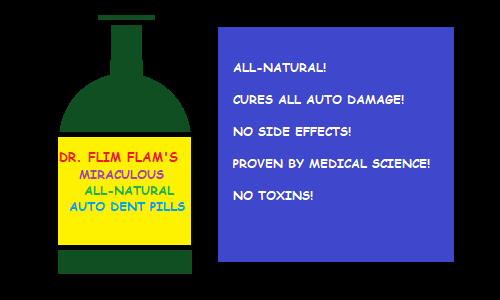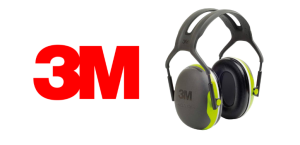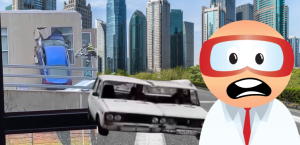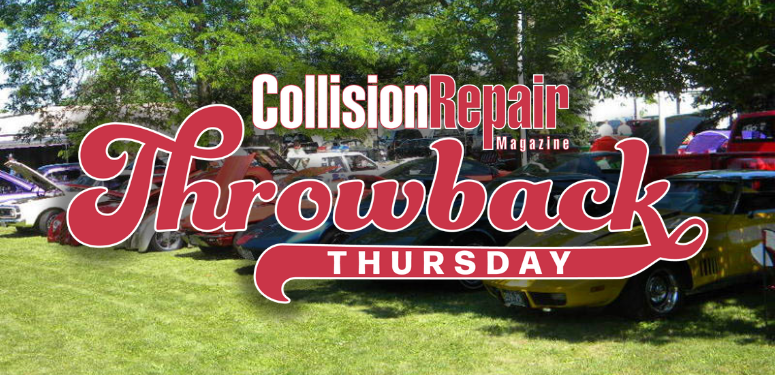By Gideon Scanlon
Toronto, Ontario — May 24, 2019 — It is the great irony of the times we live in—we have access to more information than ever before, and it is getting harder and harder to tell what is—and what isn’t—true. As a community, however, Canada’s collision repairers have frequently shown themselves to be a discerning bunch.
When, earlier this week, Facebook announced it had shut down billions of fake accounts created by “bad actors” to spread disinformation, it occurred to me that my inbox faces a similar problem. Just like the social media giant’s servers, my inbox is full of disinformation.
As a result, in covering the news for Collision Repair, I have to employ a certain amount of healthy skepticism about the press releases I receive. After all, were I to be more credulous, your inboxes would be spammed with daily breaking news reports, each letting you know about some major crisis facing repairers—with only the briefest mention of some recently released product that happens to be specifically designed to overcome the challenge.
The truth is, though, I’m not entirely sure why the press officers producing these notes bother with this approach. Were I to allow these stories though, the damage would fall squarely on the magazine’s reputation—no reader would be fooled by the eye-catching headlines. Of course, as Facebook’s own struggles have shown, malarkey isn’t always so easy to spot—especially when big money gets involved. Fortunately for the collision community, it isn’t easy to pull the wool over the eyes of people who have to document evidence of their work in order to get paid.
I first took note of this industry-specific data-over-dazzle preference during a conference presentation delivered by the very fact-driven Jay Perry.
Perry, for those who don’t already know, is one of the industry’s best-regarded process improvement experts, the founder of Ally Business Coaching, co-author of the Success Manifesto, senior columnist for Collision Repair—the list goes on.
Having covered conference speeches for other industries, I walked in expecting him to deliver an entertaining, but factually vacant show. I expected the thrust of his piece to appeal to the listeners’ emotions, not their rationality. I was wrong–and delighted to be.
Jay’s approach, I was pleased to realize, was far more like his regular Who’s Driving column in Collision Repair. He eschewed schmaltz for a conversational–though still entertaining–style. He laid out his facts and did not hesitate to highlight potential criticisms of his conclusions. He was, in short, putting the evidence first.
First, I thought Perry might just be an anomaly. Over the course of the next few months, I saw how repairers flock to similar, more data-driven presentations from other industry figures—Vincent Romans, Brad Mewes, and many others. I also saw how they responded with looks of flat bemusement to those few speakers who attempted to spin counter-factual spin.
This culture of critical engagement may not be unique to the collision community, but it is certainly special. As one-of-many gatekeepers doing my level best to ensure the news and ideas reaching the community are rooted in fact, it is nice to know that any lapses in judgment will not have lasting damage. Unlike the disinformation-battling foot soldiers of the great social media empires, I get to sleep at night.





































